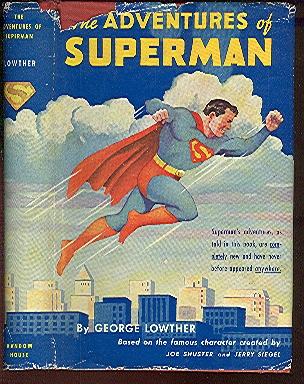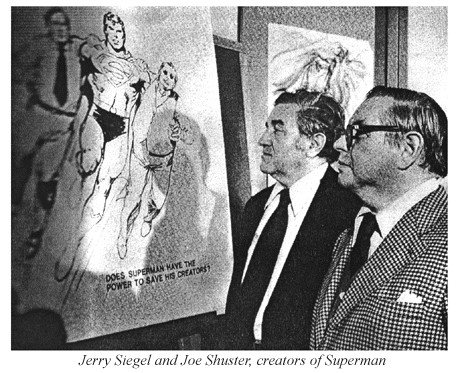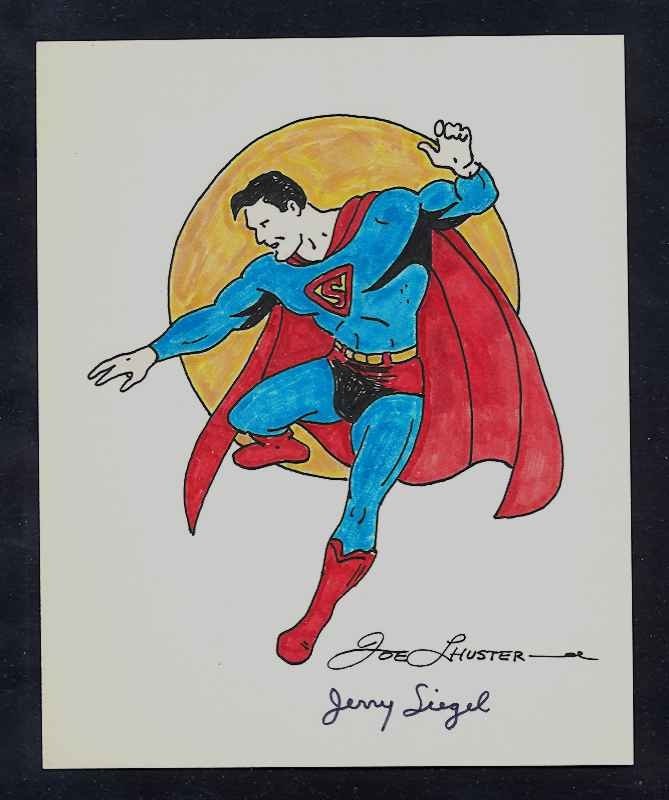


This is because the artist of Superman #680 doesn't have any legal effect on the intellectual property rights of the Man of Steel, but the literal creators of Superman DO, and that is why you'll rarely ever see the creators of a given character receive credit in a comic book issue. He also has been a popular character in movies and on television for more than half a century.The credits on the individual issues, though, is a good deal simpler than crediting the actual creators of the comic book characters themselves. In the early twenty-first century, Superman remains one of the most important comic book characters of all time. In 1999, following Siegel's death, the Siegel family successfully won a court case, granting the family fifty percent ownership of the Superman character. The company also gave credit for Superman's creation to the two men. They lost this case, but DC Comics agreed to pay each man a yearly stipend of thirty-five thousand dollars. In 1975, Siegel and Shuster sued DC Comics for a share of the profits once again. Shuster eventually left the comics field business, while Siegel returned to DC during the early 1960s. The partners had to forsake all rights to the Superman character.īy the 1950s, both men had left DC Comics. The two men received royalties for Superboy, another character that they had created. During the 1940s, Siegel and Shuster sued DC Comics for a portion of the profits. Superman proved to be DC Comics' most important and popular character and made a lot of money for the company. The two creators signed over their rights to Superman to DC Comics in 1939. Siegel and Shuster continued to draw the comic and to develop the storylines, but they grew increasingly unhappy.

Superman appeared in the very first issue of this comic.ĭue to Superman's popularity, DC Comics developed a Superman comic. In 1939, DC Comics agreed to publish Superman as a storyline in Action Comics. After this failure, the two men found employment with DC-National Comics (present-day DC Comics). In 1936, the partners unsuccessfully attempted to make Superman a daily comic strip. The two creators initially developed Superman as a villain during the 1930s, but they later made him a superhero.

Siegel developed the storylines, while Shuster drew the comic. Jerry Siegel and Joe Shuster created the comic book character Superman when they were young men residing in Cleveland, Ohio.


 0 kommentar(er)
0 kommentar(er)
